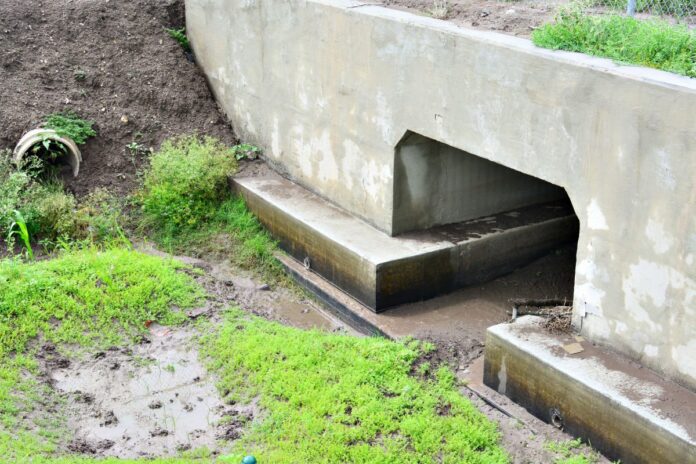LOS FRESNOS — Monitoring the baker’s dozen of new wildlife crossings on two state highways near Laguna Atascosa National Wildlife Refuge shows bobcats, raccoons, skunks and coyotes are already trotting through the safe spaces in numbers.
The wildlife underpasses were incorporated into TxDOT planning during road construction and consist of four crossings on State Highway 100 and another nine on Farm-to Market Road 106. The cost of the extra work, around $8 million, was contributed by TxDOT from the agency’s discretionary fund.
But so far U.S. Fish and Wildlife Service officials have not glimpsed a single one of the 20 or so endangered ocelots at the refuge using one of the wildlife crossings.
As pet owners know, cats rarely follow orders, even those delivered with the kindest of encouragement.
“Even with everything that we try to do with these ocelots, we’re like setting traps and we have pictures of them standing on top of the traps, next to the traps, behind the traps,” said Hilary Swarts, a U.S. Fish and Wildlife Service biologist who specializes in ocelot research. “We’re like, ‘just go in the freaking trap!’”
No fatalities in two years
The yet-to-be finished wildlife crossings are at the core of a two-year study that hasn’t even started into how well they protect ocelots from road mortality, the small cats’ number one killer in the Valley.
Between June 2015 and April 2016, seven ocelots — six males and a female — are known to have died after being hit by vehicles in South Texas. In all, the endangered Texas ocelot subspecies numbers about 80, with around 20 of them at Laguna Atascosa.
The last fatality occurred in April 2016, and officials say no ocelot highway deaths have been reported since.
Swarts said she and other officials in the U.S. Fish and Wildlife Service are not concerned by the refuge ocelots’ disdain for the new crossings.
First, she says, ocelots are not like bobcats, coyotes, raccoons or opossums, which have grown used to living around humans and are thriving in the relationship.
Ocelots, she said, “are the ultimate shrinking violets” and it may take time for them to become accustomed to the new crossings. It also will take time for vegetation to take hold to mitigate the muddy construction messes cats may be avoiding at the crossing sites now.
“I don’t want to say its the personality of a species, because I think that’s a little grossly unscientific, but you have species whose tendencies are more toward engagement with the human interface and species which are less that way,” Swarts said. “I would say ocelots are currently in the extreme of not wanting to be around anything human.”
Saving ‘dispersers’
Swarts believes the true benefit of the wildlife crossings for ocelots will be seen over the course of the two-year study about to begin.
She notes the wildlife crossings are not in areas of current heavy ocelot usage, but rather, they will serve to preserve the lives of young “dispersers” who were born on the refuge but forced out to find new ranges by established adult ocelots.
These cats are usually male, yet not always. But they are the ocelots most at risk from traffic mortality.
“It’s like on FM 100,” Swarts said of the highway south of the main refuge. “We don’t have a lot of cats running around down there, but any time we’ve had a male disperse in that direction, he’s died.
“So even though it’s infrequent that you get a cat down there, when you do it without a crossing, it’s like the kiss of death,” Swarts added. “They’re basically in place as safeguards for those dispersers and for ocelots whose ranges may encompass part of 106.
“It doesn’t surprise me at all that an ocelot hasn’t gone in there.”
State Highway 100 — 4 crossings
FM 106/General Brant Road — 9 crossings in 8 structures
TxDOT Funding — Around $8 million
The underpasses are concrete basins built under the highways. Hundreds of feet of chain-link fencing parallel to the highways funnel animals to the crossings.






